Background: Elsie Rutgers Schuyler (Mrs. Petrus) Vas Albany institute of History and Art

During my busy spring semester, the greatest class I took was a class called Dutch and the World. This class covered the Dutch trading empire in the 17th (and a little 18th) centuary. Dutch and the world was an art history class, so every day we were greeted by a presentation full of frilly collars and somber couples waving tulips in your face. Each of us were assigned a paper with a topic we got to pick (though most of us, including me, need the professor's help) and through my inability to see past what interests me, I chose the unresearched topic of Patroon paintings.
The Patroons, the namesake of patroon paintings, were american lords who ruled over what was basically the feudal systems of the past. The idea of being a patroon was partialy a result of wealthy Europeans romanticizing the past, missing when they could live estravegant lives without having to know where Batavia and Dejima are. Other Europeans also hoped to live a medieval life in America, making plans for castles in the New England wilderness. Only one man was able to achieve this medieval lifestyle. The only sucessful Patroonship was run by Kiliaen van Rensselaer and took up a massive amount of modern New York, expanding past the modern borders.
Even though the genre is named for one guy's holding, the subjects tend to just be wealthier Dutch citizens of New York. Most of these paints come from after the British take over, but are still a Dutch style. The British take over of New York did not change too much for the DUtch, its biggest change being the departure from the Dutch West India company. The Dutch kept most aspects of their culture and religion, especially outside of New York City.
The first thing that jumps out at you when you look at these paintings is that they look awful. You would never think this the same culture that birthed Vermeer and Rembrant before most of this work. The colonial artist didn't have the resources that an ancient country with a long tradition of artistic academies and large markets of people with vast amounts of wealth. Everyone that made the sacrafice to come to America did so because they did not have success back home. Colonial artists did more than the academically trained artists, they painted windows, houses and signs as well as portraits. A few also did biblical scenes.
The two best museums to find Patroon Paintings are the Albany Insitute of History and Art and the New York Historical Society. Most of these paintings are not on display, instead look through their databases. Each of the pictures below links to their page on their respective museum's sites.
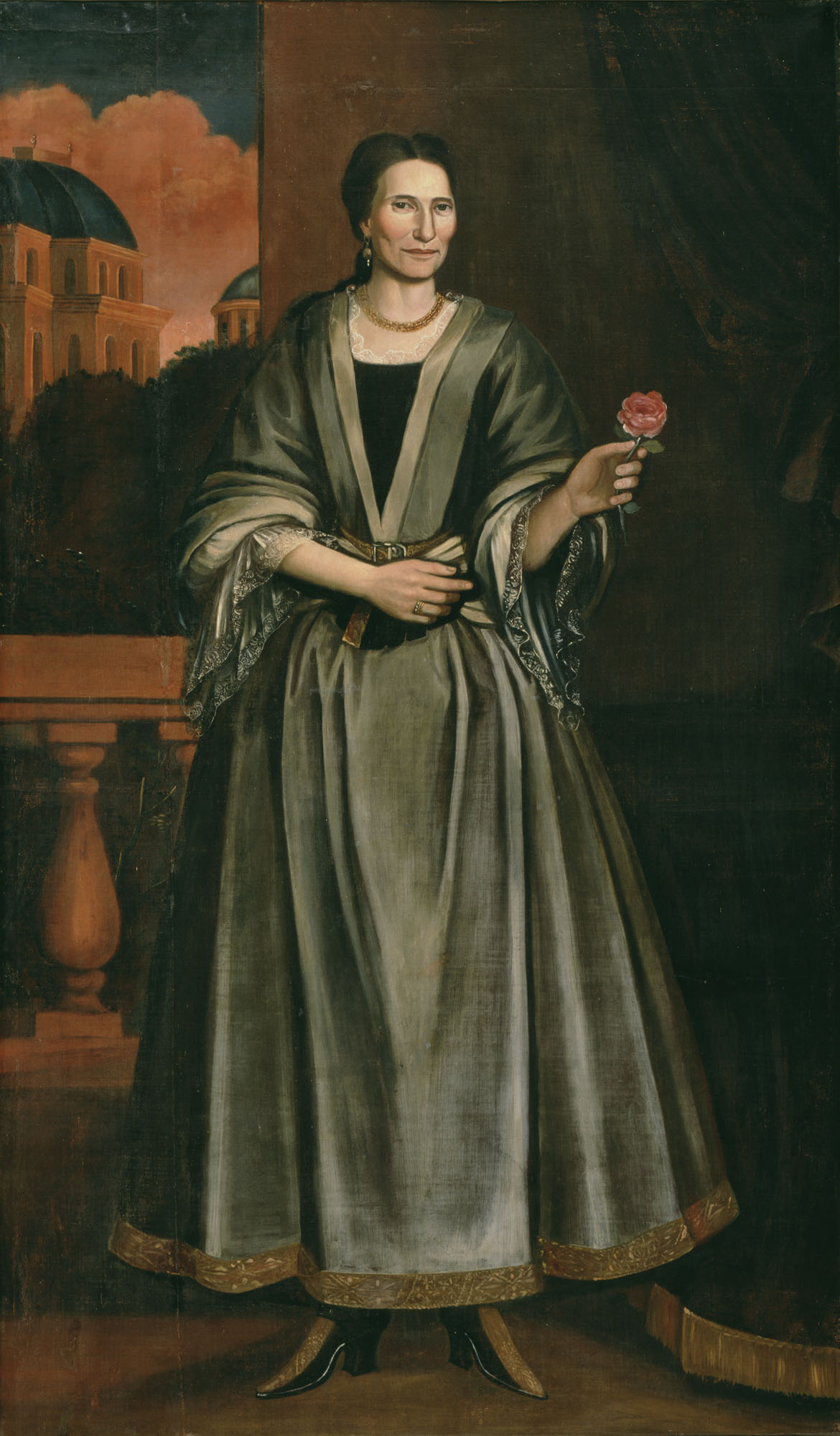
This is my QUEEN Ariantje Coeymans. She got Married at 51 years old, before that she managed her fathers farm alone one day i want to see this painting IRL and go to her house museum!

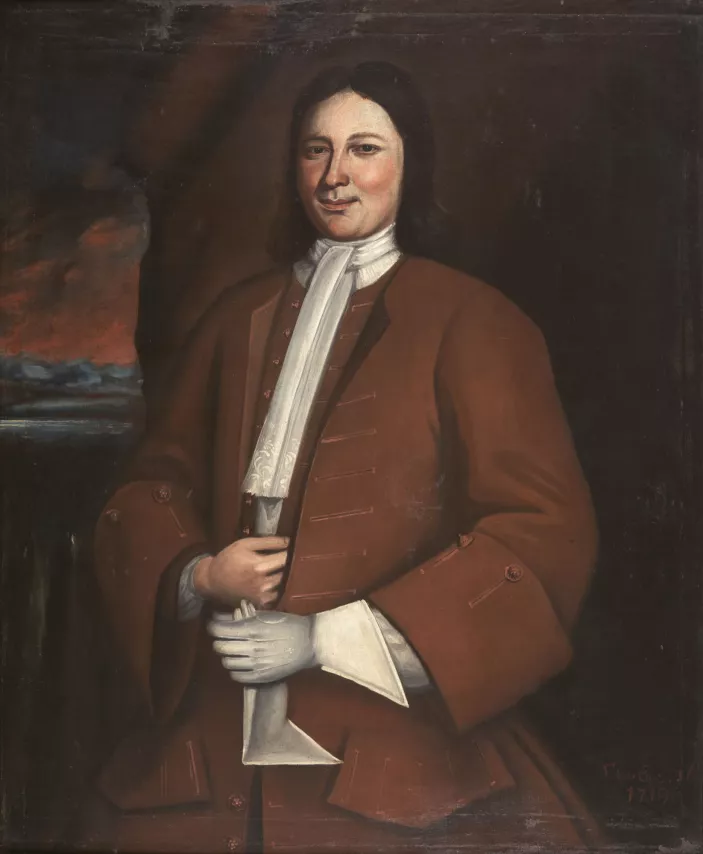
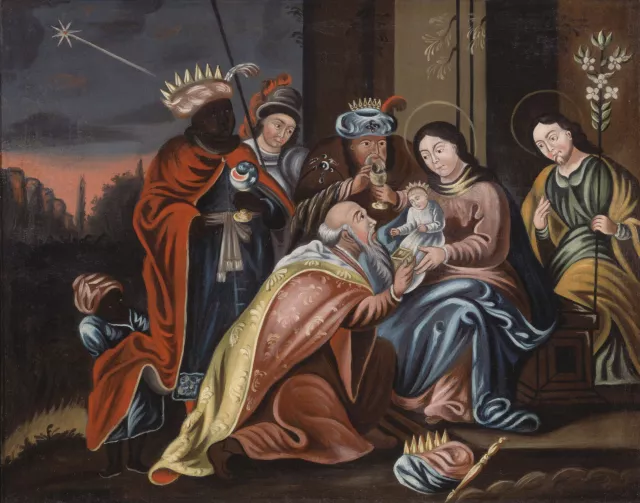

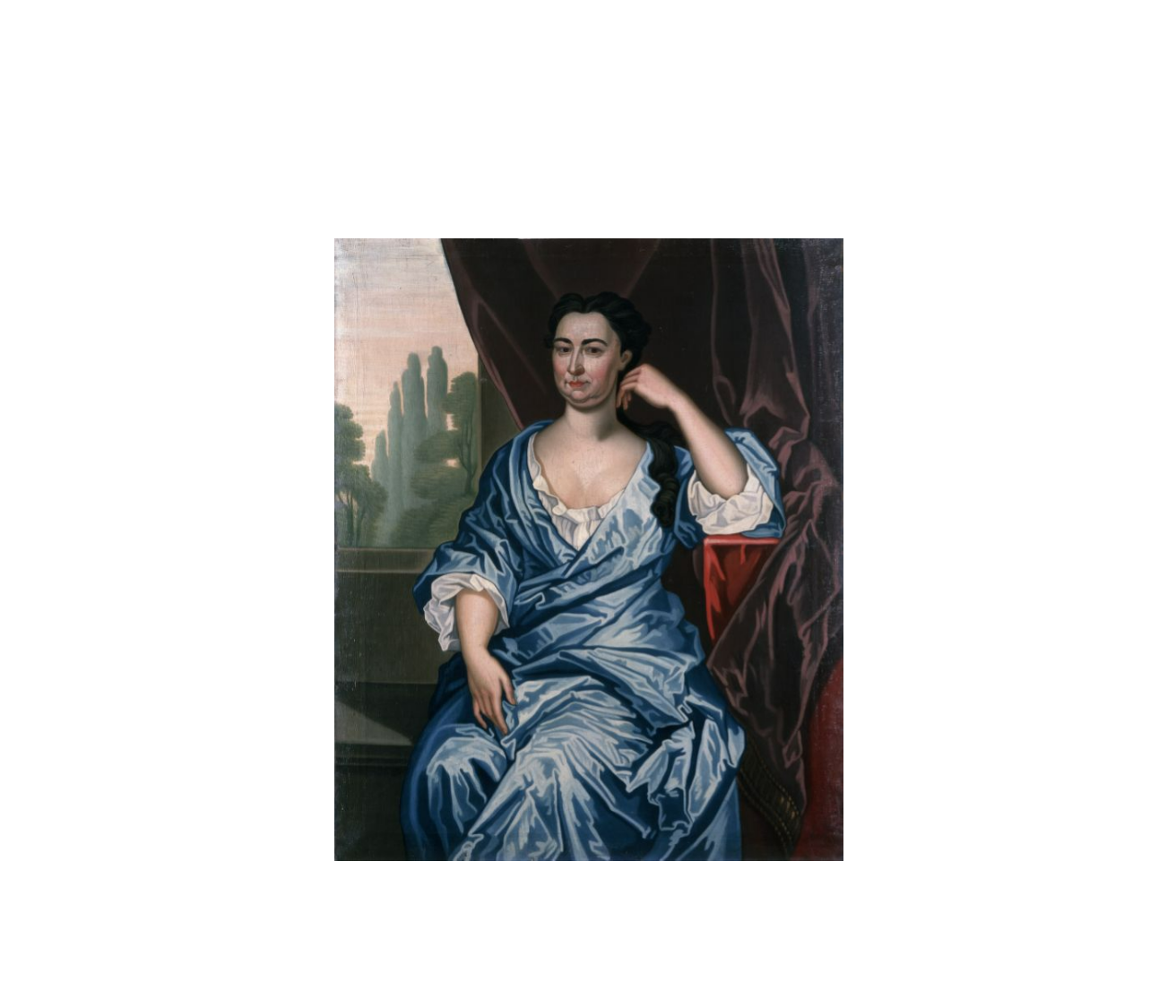
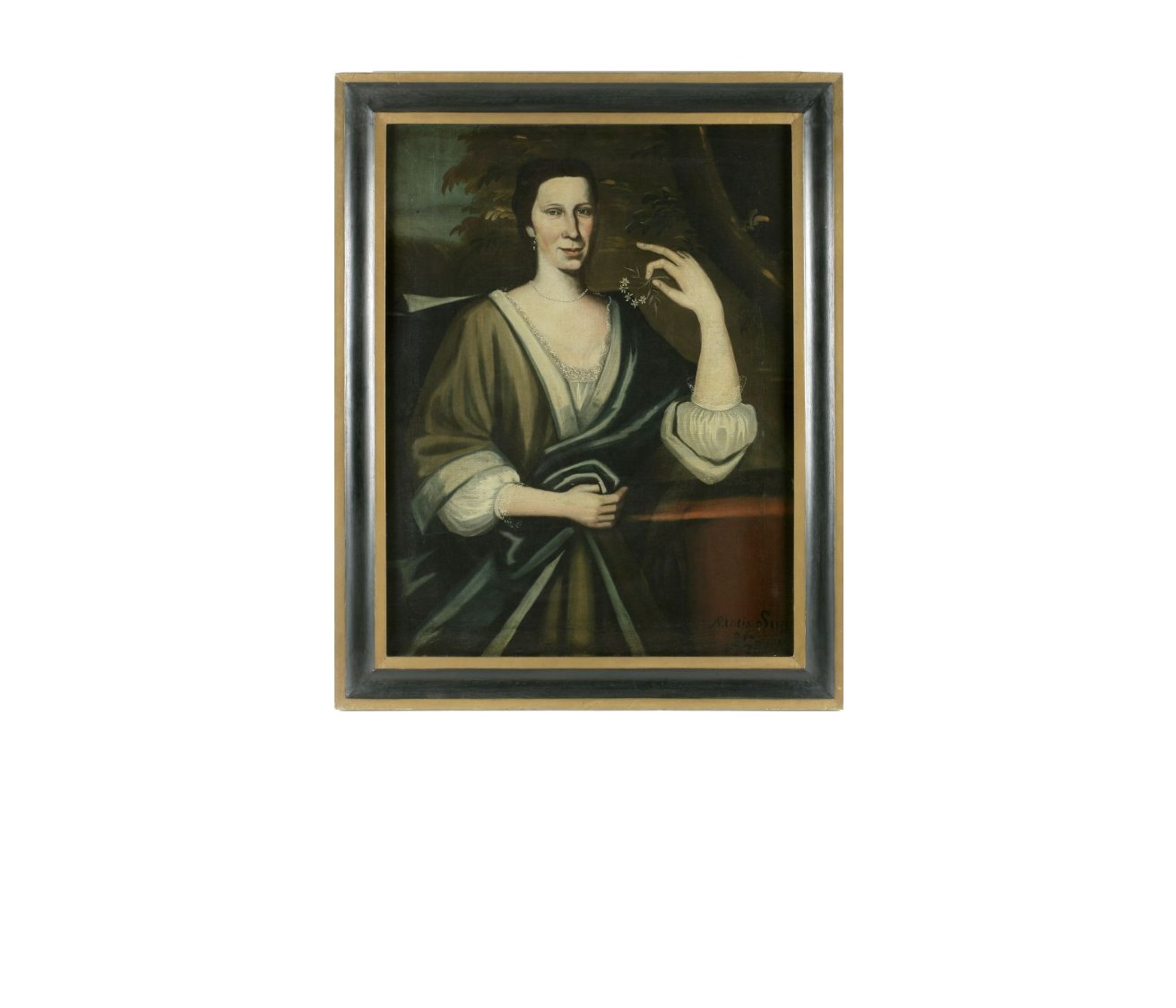
Notice her two left hands